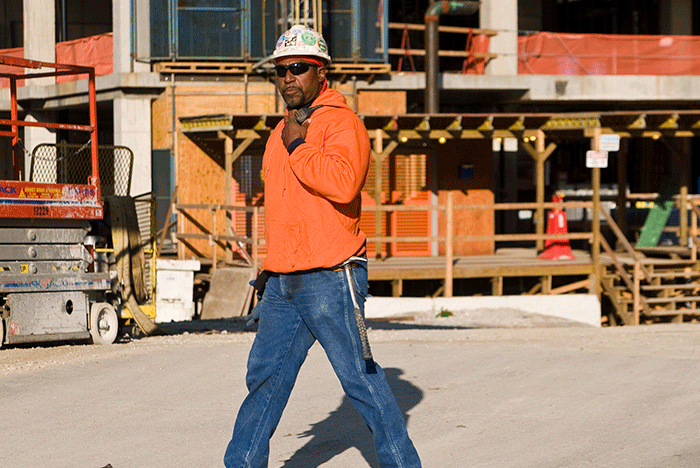Leaders share the benefits of Certified Health Care Physical Environment Worker
As professionals working in one of the most heavily regulated industries, health care facilities tend to operate by a unique language of which peers outside of the field may not be familiar.
That’s why the American Society for Health Care Engineering (ASHE) developed the Certified Health Care Physical Environment Worker. From in-house facilities management staff to third-party contractors, the certification is for anyone who requires training in the specifics and nuances of serving in the health care environment.
ASHE is hosting two live online training and exam review programs this winter to help those on the journey to certification. Registration for both the Dec. 2, 2022, and Jan. 27, 2023, dates are open now.
The program launched in 2018 and has fast become a go-to certification for those working in or with health care organizations. In fact, according to the 2022 Hospital Construction Survey, the percentage of respondents whose organization requires the certification jumped from 6% in 2021 to 10% in 2022.
HFM spoke with two leaders who have implemented programs to help staff achieve the Certified Health Care Physical Environment Worker. Sean Goings, president of DAC Inc., offers his perspective as a third-party contractor partnering with health care organizations, while Scott Nelson, AIA, ACHA, system vice president of planning, design and construction at Advocate Health Care gives a hospital’s point of view.
When did you begin incorporating the ASHE Worker Certification into your employee operations?
SEAN GOINGS: We began the certification process in 2019 to educate our employees on how to protect themselves and others in live health care environments, and to help better understand our impact on our customer’s mission.
SCOTT NELSON: York Chan was a course instructor at ASHE before his retirement, as well as my peer on the facility side and operations side at Advocate Aurora Health. I became aware of the certification through him. We got into the program as quickly as we could because we saw the potential benefits. My team members started getting involved in 2018.
What does this program look like within your organization?
GOINGS: Every DAC employee that interacts with our clients or accesses their sites carries the certification, and we’ve made it part of our normal onboarding process. To assist in the preparation of the exam, we created an internal guide to working in health care and training presentation materials.
NELSON: The certification is not a requirement for staff nor any of our contractors, but we have recommended that my own staff take the coursework and get the certification, and a number of my team members have. Internally, we are targeting staff in manager and director roles. For those working with us from outside of our organization, we view it as a positive if they do have superintendents who have earned the certification. Going a step further, we also have a diversity, equity and inclusion program, which includes sponsoring the cost of the curricula for diverse and women-owned contractor businesses withing our tier two and subcontractor partners. We partner with the ASHE program and are paying for those individuals to go through the coursework and earn the certification.
What value have you’ve seen by incorporating this into your company and employee training?
GOINGS: We are a purpose-driven organization and the certification, first and foremost, helps to add purpose to our work. The health care physical environment is sensitive to contractors and what we do, and our employees need to fully understand their potential to impact it positively and negatively. The certification is a great way for health care organizations to expand their stewardship of maintaining a safe and resilient environment, and we’re happy to be a part of that.
NELSON: The primary benefit I’ve seen is the level of confidence that those certified individuals have while working in the health care environment. For both our internal staff and contractors, the certification means they are aware of the critical needs of working in the health care environment, such as ICRA, life safety and other measures to ensure the continual health and minimal disruption to patients and staff members in our facilities.
What would you say to peers interested in getting started with their own initiative, and do you have future plans within your organization related to the certification?
GOINGS: Do it. Select a few leaders to acquire the certification and allow them to become the subject matter experts to develop a training program of your own, or take advantage of the many platforms available to those seeking certification.
NELSON: I do encourage and recommend everyone take this program. I have been talking about this program in my department meetings on a pretty regular basis in my quarterly staff meetings so that they recognize it is something that we value as an organization. We are also eyeing doing this with the Certified Healthcare Constructor (CHC) curricula, as well. I can see the benefits to both and using the ASHE Worker Certification as a step to the CHC.





